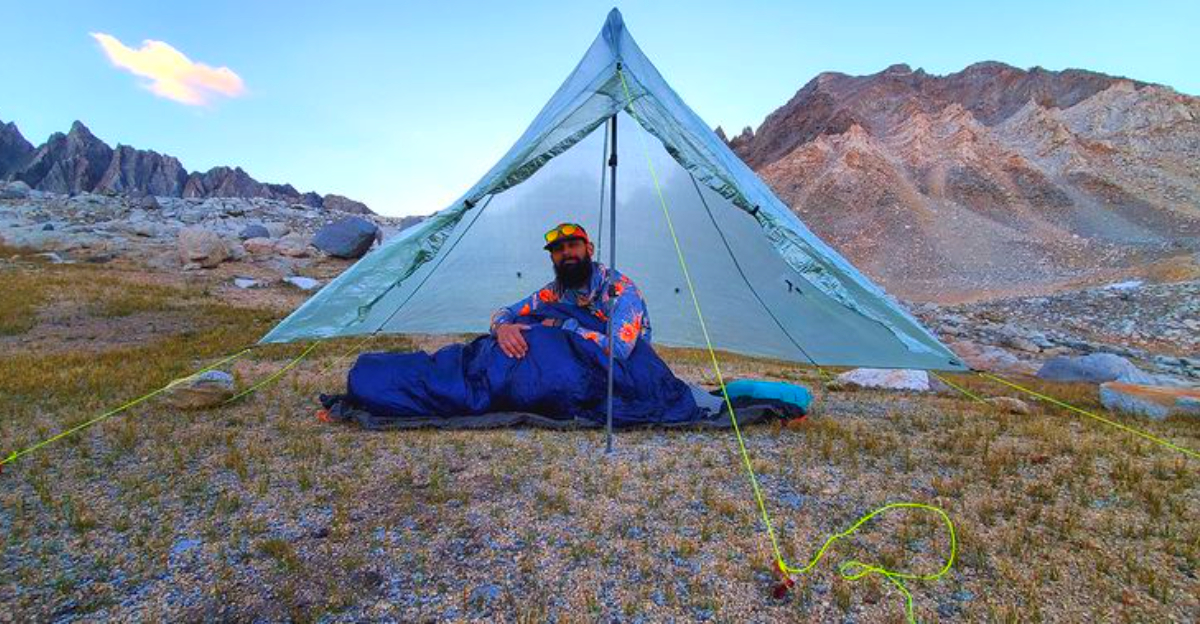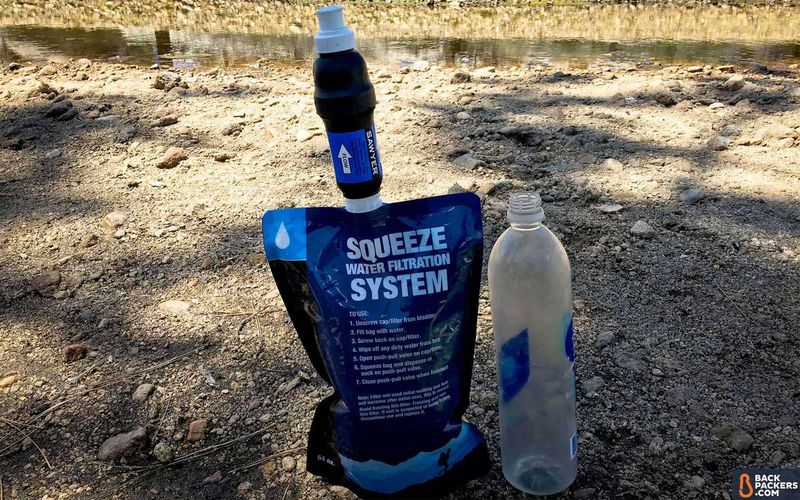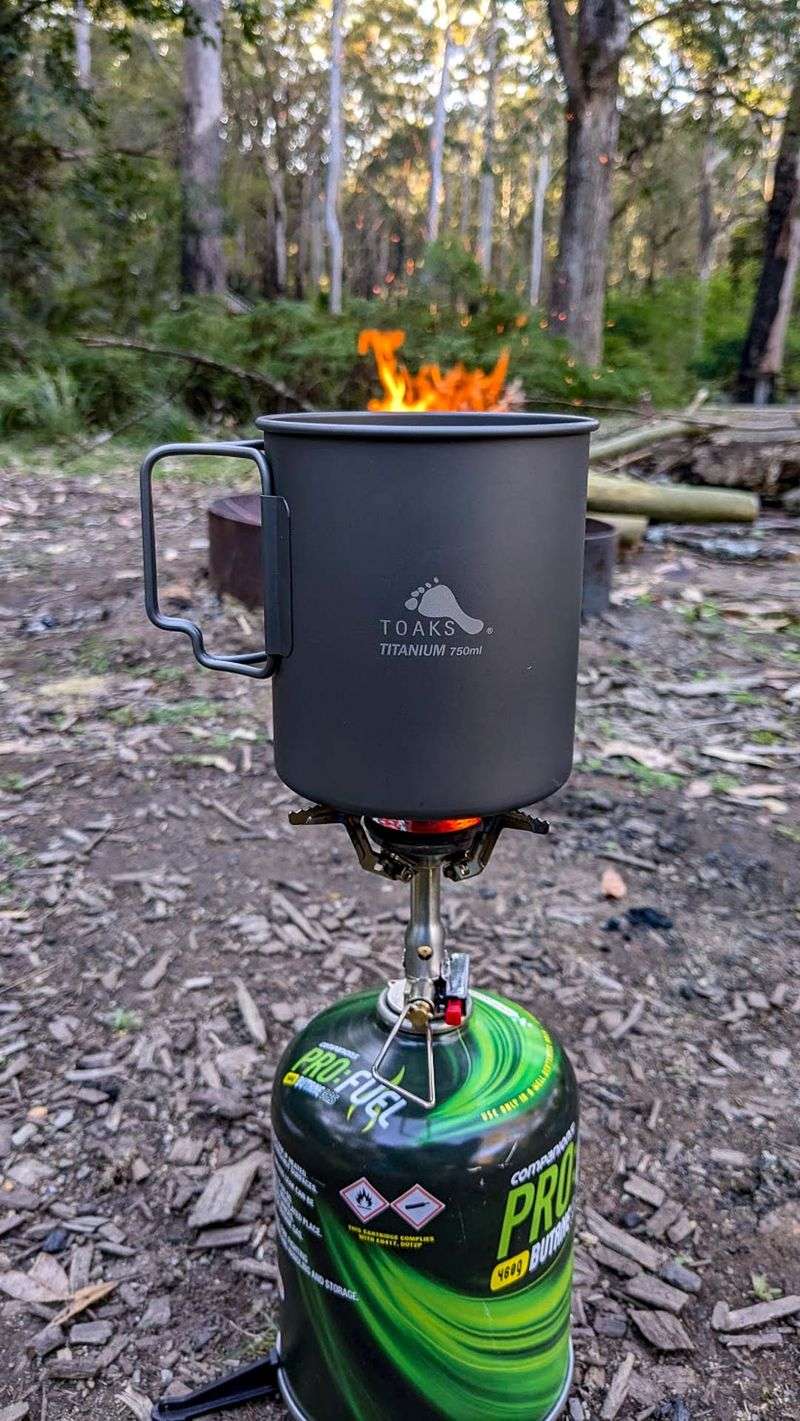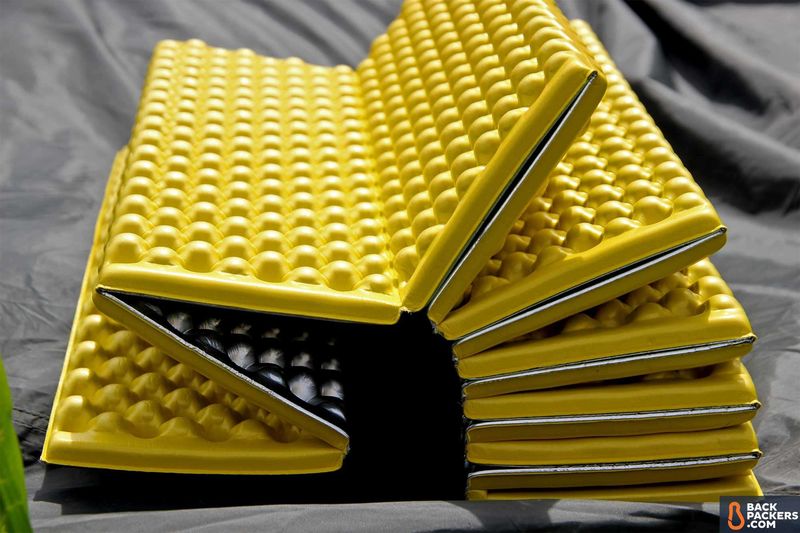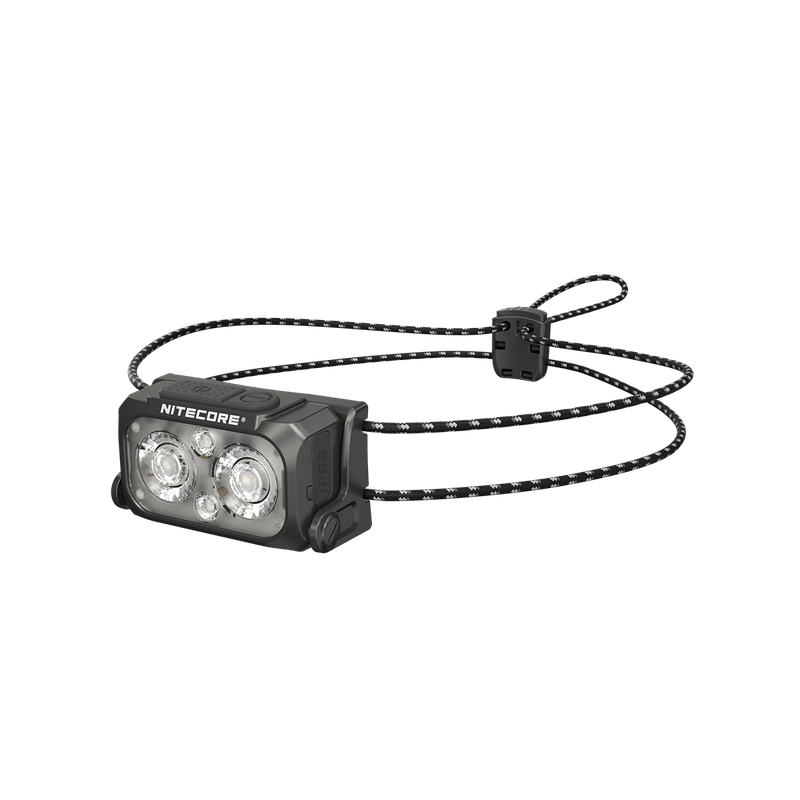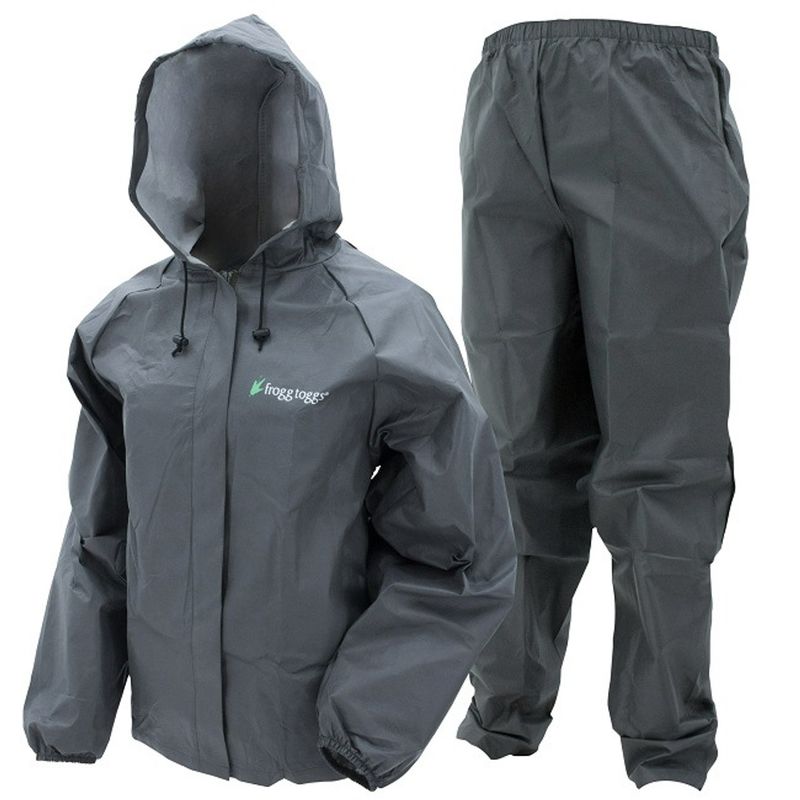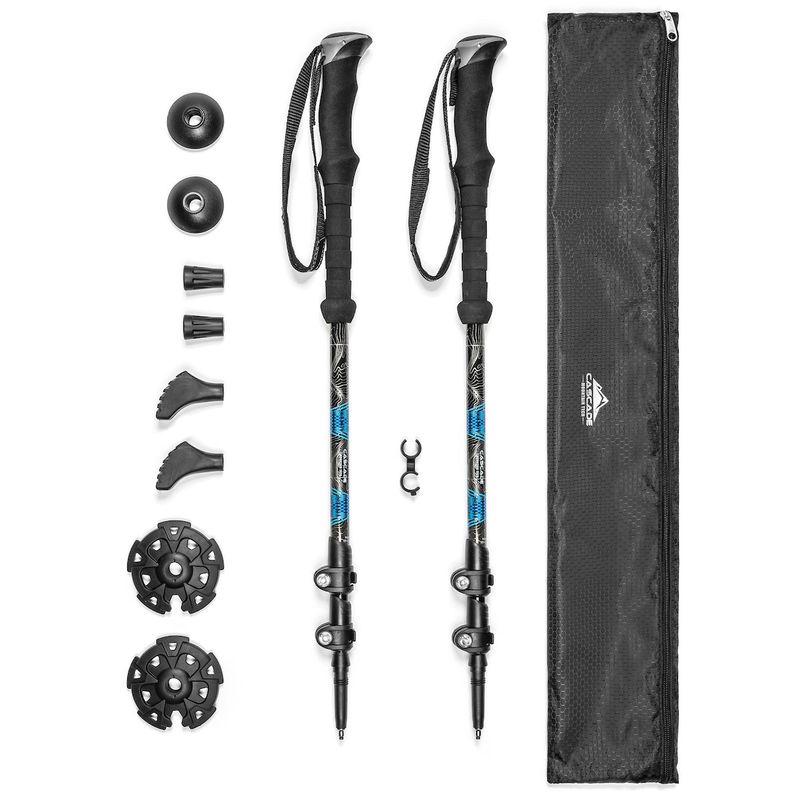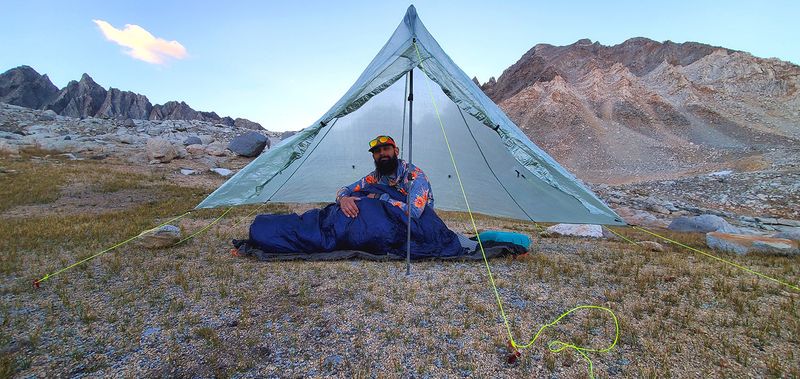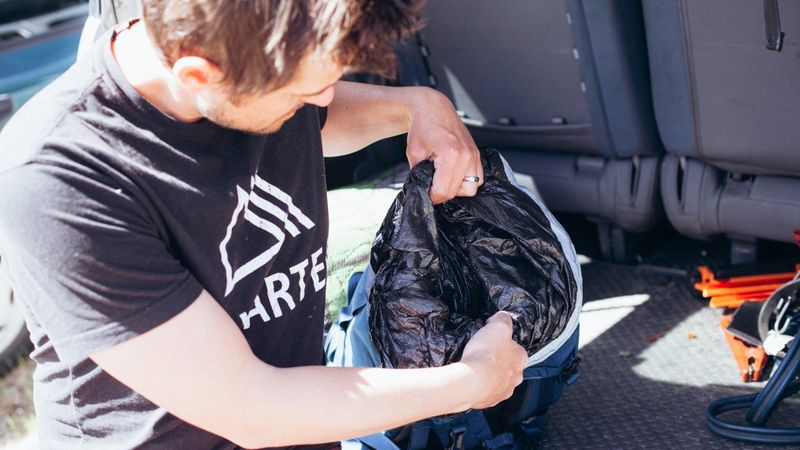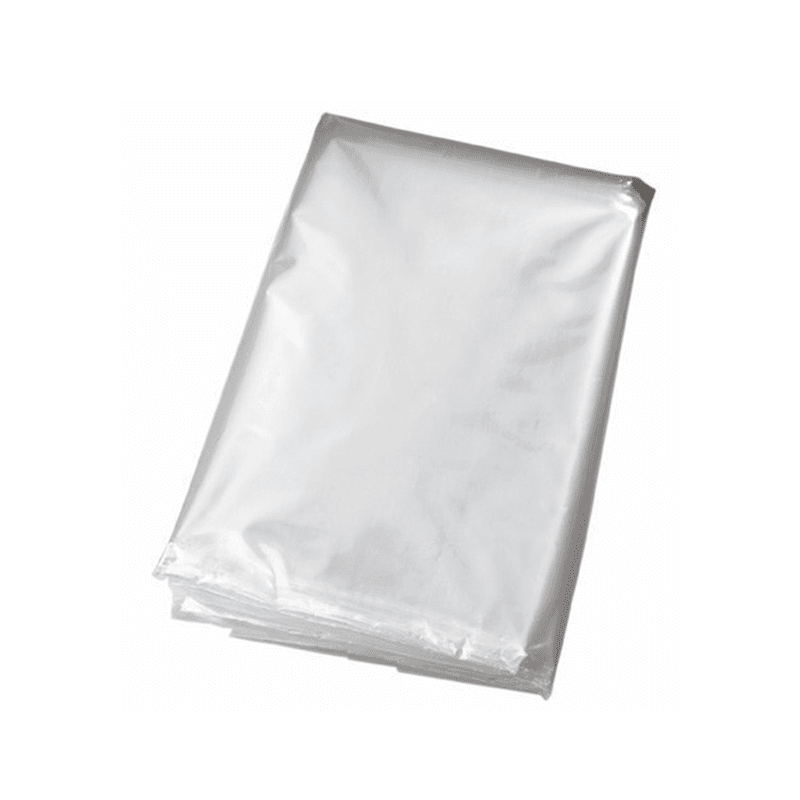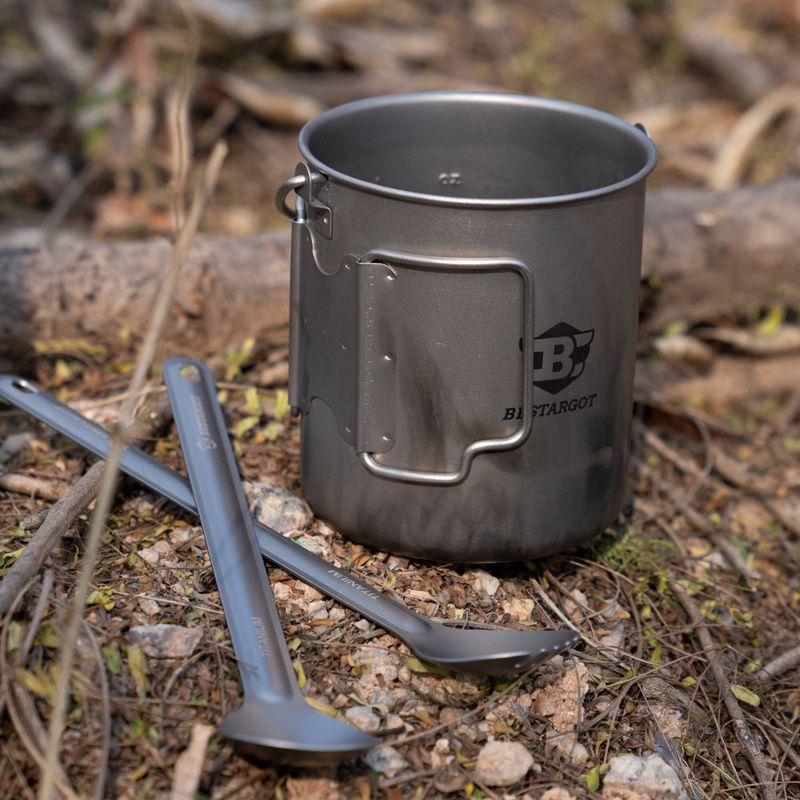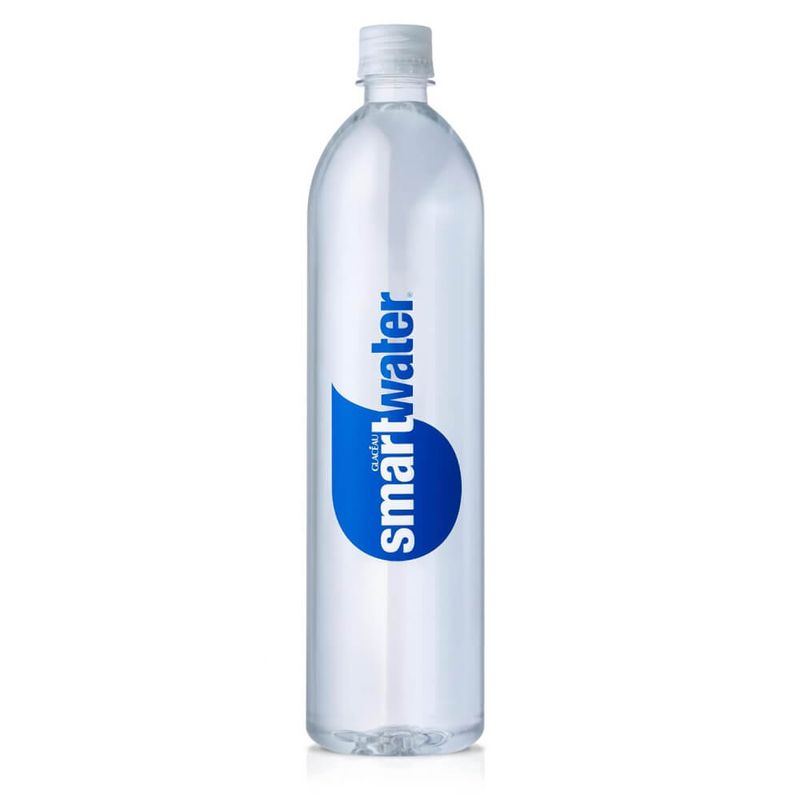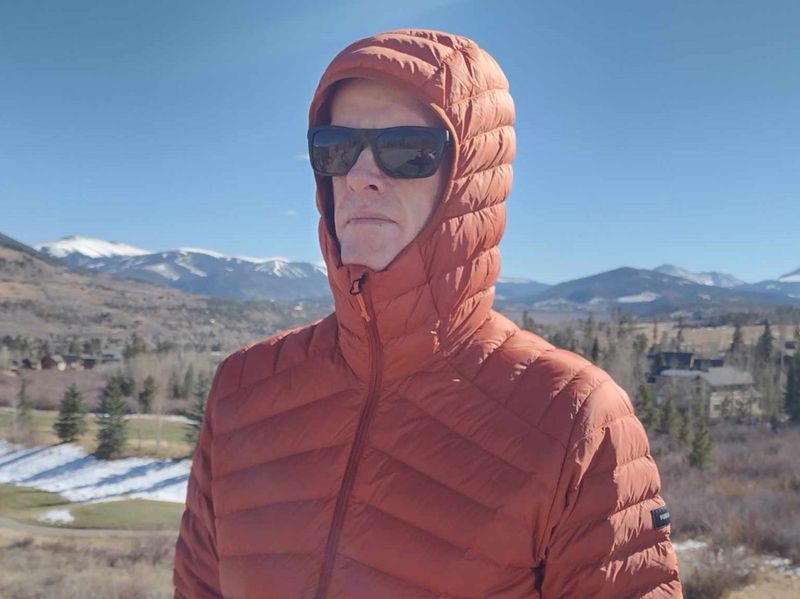Getting into backpacking doesn’t mean you need to empty your wallet or sacrifice comfort on the trail. With smart choices and a focus on weight-saving essentials, you can build a reliable kit that won’t break your back or your bank account. This guide walks you through twelve affordable, lightweight pieces of gear that have earned their reputation among budget-conscious hikers who still want to cover serious miles without unnecessary pounds dragging them down.
1. Water filter — Sawyer Squeeze (≈3 oz / 85 g)
Clean water matters more than almost anything else on trail, and the Sawyer Squeeze delivers without adding bulk to your pack. Weighing just three ounces, this filter has become the go-to choice for thru-hikers and weekend warriors alike.
What sets it apart is the excellent flow rate compared to smaller models like the Mini. You can squeeze a liter through in under a minute when you’re thirsty and tired. Field maintenance is simple too—just backflush it when flow slows down.
Durability ranks high since there are no fragile parts to baby. The filter threads onto most standard bottles and pairs perfectly with collapsible pouches. For the price and weight, few options compete with this modern classic that just works trip after trip.
2. Cook setup — BRS-3000T + TOAKS 750 ml pot
Boiling water for dinner shouldn’t require hauling heavy cookware. The BRS-3000T stove weighs less than an ounce yet cranks out serious heat when you need hot meals fast. Pair it with a 750 ml titanium pot from TOAKS, and your entire kitchen setup tips the scales at just over four ounces combined.
The real magic happens in how compact everything becomes. The pot nests a 100-gram fuel canister and the stove inside, keeping your pack organized. One catch: the BRS performs best with modest flames and some wind protection, so bring a small windscreen.
For exposed, windy ridges, consider upgrading to the SOTO Amicus at 72 grams—it handles gusts better while staying affordable and lightweight enough for serious mile-crunchers.
3. Sleeping pad — Therm-a-Rest Z Lite Sol (regular)
Air pads might feel plush, but closed-cell foam never springs a leak at 2 AM. The Z Lite Sol from Therm-a-Rest weighs 14 ounces and folds accordion-style, making it nearly indestructible no matter how rocky your campsite gets. Toss it on sharp gravel, thorns, or snow without worry.
Beyond sleeping, this pad doubles as your trail seat during breaks and lunch stops. Many hikers layer it under an inflatable pad for extra insulation and puncture insurance on cold or rugged ground.
Sure, it’s not the softest option available, but beginners appreciate the simplicity and zero maintenance. No pumps, no patches, no anxiety—just reliable cushioning that works in any condition and costs far less than premium inflatables.
4. Headlamp — Nitecore NU25 (MCT/UL generation)
Fumbling with batteries in the dark is nobody’s idea of fun. The Nitecore NU25 recharges via USB and weighs just 1.6 ounces with its headband, making it one of the lightest genuinely bright options around. The 2025 MCT/UL refresh adds multi-color temperature LEDs that let you switch between warm and cool light depending on your task.
Brightness levels range from a gentle glow for reading in your tent to a powerful beam for navigating technical terrain after sunset. Battery efficiency improved with the latest version, so you get more hours per charge on longer trips.
Compared to heavier, bulkier lamps, this little powerhouse proves you don’t need extra ounces to see clearly when darkness falls on the trail.
5. Rain protection — Frogg Toggs Ultra-Lite2
Getting soaked miles from the trailhead turns a good hike into a miserable slog. Frogg Toggs Ultra-Lite2 gear weighs between 10 and 13 ounces for a full suit, delivering waterproof protection at a fraction of the cost of premium shells. The jacket alone comes in even lighter if you only need upper-body coverage.
Admittedly, this fabric won’t survive bushwhacking through blackberry thickets or years of abuse. But for on-trail rain showers and occasional drizzle, it performs admirably while keeping your wallet happy.
Many beginners start here to learn what features they actually need before investing in pricier options. The affordability and low weight make it easy to justify carrying rain gear even when forecasts look clear.
6. Trekking poles — Cascade Mountain Tech carbon fiber
Knees take a beating on steep descents, and trekking poles transform how your body handles rough terrain. Cascade Mountain Tech’s carbon fiber quick-lock poles weigh 15.4 ounces per pair and cost considerably less than premium brands while delivering solid performance. Carbon fiber absorbs vibration better than aluminum, reducing fatigue on long days.
Quick-lock adjustments let you change length fast when switching between uphill and downhill sections. The tungsten tips grip well on rock and dirt, giving you confidence on sketchy slopes.
If you later decide to upgrade to a trekking-pole tent, these work perfectly as tent supports, adding even more value. Plenty of experienced hikers swear by this high-value set for both stability and versatility on varied trails.
7. Shelter (solo) — Budget UL tent option
Your shelter choice shapes your entire pack weight and budget. The 3F UL Gear Lanshan 1 Pro tips the scales at just 24 ounces for the canopy and uses your trekking poles for setup, saving both money and weight. Expect single-wall construction, which means managing condensation on humid nights and sealing seams yourself.
Alternatively, the Naturehike Cloud Up 2 weighs around 3.5 pounds with poles included and offers freestanding-ish setup that beginners often find easier. It’s heavier but more forgiving in varied conditions.
Choose based on whether you already carry trekking poles and how comfortable you are with minimalist shelters. Both options deliver serious value for budget-conscious hikers willing to accept some compromises compared to premium tents.
8. Pack liner — Trash compactor bag
Waterproof pack liners sold at outdoor stores often cost twenty dollars or more for what amounts to a fancy garbage bag. Smart hikers skip the markup and grab trash compactor bags from the grocery store instead—they’re tougher, cheaper, and work exactly the same way.
Simply line the inside of your pack before loading gear, fold the top over, and everything stays dry even in torrential downpours. Unlike coated pack covers that only protect the outside, liners keep water from seeping through seams and zippers.
This field-proven hack has saved countless hikers from soggy sleeping bags and soaked clothes. Replace the bag every few trips or when punctures appear, and you’ll spend less in a year than one premium dryliner costs. Simple solutions often work best on trail.
9. Groundsheet — Polycro (polycryo) sheet
Tent floors and sleeping pads last longer when protected from abrasive ground, and Polycro sheeting delivers that protection at minimal weight and cost. This ultra-thin plastic film weighs almost nothing yet provides a durable barrier against rocks, roots, and moisture seeping up from below.
Cut it to match your tent footprint or pad dimensions using scissors. Some hikers trim it slightly smaller so water doesn’t pool between the groundsheet and tent during heavy rain. The material resists tears better than you’d expect from something so light.
Replacing a damaged tent floor costs serious money, while a Polycro sheet runs just a few dollars and adds barely an ounce. It’s the kind of smart, inexpensive protection that pays for itself the first time you camp on rough terrain.
10. Pot handle & spoon — Long-handle Ti spoon
Sporks seem clever until you’re scraping the bottom of a freeze-dried meal pouch and can’t reach the last bites. A long-handled titanium spoon solves that frustration completely while weighing next to nothing. The extended handle reaches deep into pouches and pots without burning your fingers or forcing you to tip containers awkwardly.
Titanium won’t scratch your cookware like some utensils, and it handles hot foods without conducting heat uncomfortably. Skip the spork gimmicks—a simple spoon does everything you actually need on trail.
Brand matters less than length and material here. Look for handles around seven to nine inches long, and you’ll wonder why you ever bothered with anything else. Eating shouldn’t require acrobatics after a long day of hiking.
11. Water bottles — 1 L smart bottles
Fancy hydration systems and specialty bottles add weight and cost without much benefit for most hikers. Standard one-liter bottles with threading that fits common filters work perfectly and cost almost nothing. Look for sturdy options you can refill repeatedly—avoid flimsy single-use bottles that crack under pressure.
The threading compatibility matters because your Sawyer filter, CNOC bags, and other accessories need to screw on securely. Smart bottles meet that requirement while being light enough that carrying two barely registers in your pack weight.
When one gets scratched or worn, replacement is cheap and easy. No special cleaning protocols, no complicated parts, just simple containers that hold water reliably. Sometimes the most boring gear choice turns out to be the smartest one for budget backpacking.
12. Warmth layer — Decathlon Forclaz MT100 down jacket
Temperatures drop fast once the sun disappears behind ridgelines, and a quality insulation layer becomes your best friend. Decathlon’s Forclaz MT100 down jacket (called Trek 100 in some regions) delivers impressive warmth for surprisingly little money. The down fill compresses small in your pack but lofts quickly when you need it.
Ratings vary by model, with some versions handling temperatures down to minus-five Celsius comfortably. Weight stays low enough that you won’t hesitate to pack it even on warmer trips when you only need it for chilly mornings and evenings.
Budget-conscious hikers have embraced this jacket as a darling of affordable gear lists. While it may not match the longevity of premium brands, the value per dollar spent makes it an excellent starting point for building your layering system.
